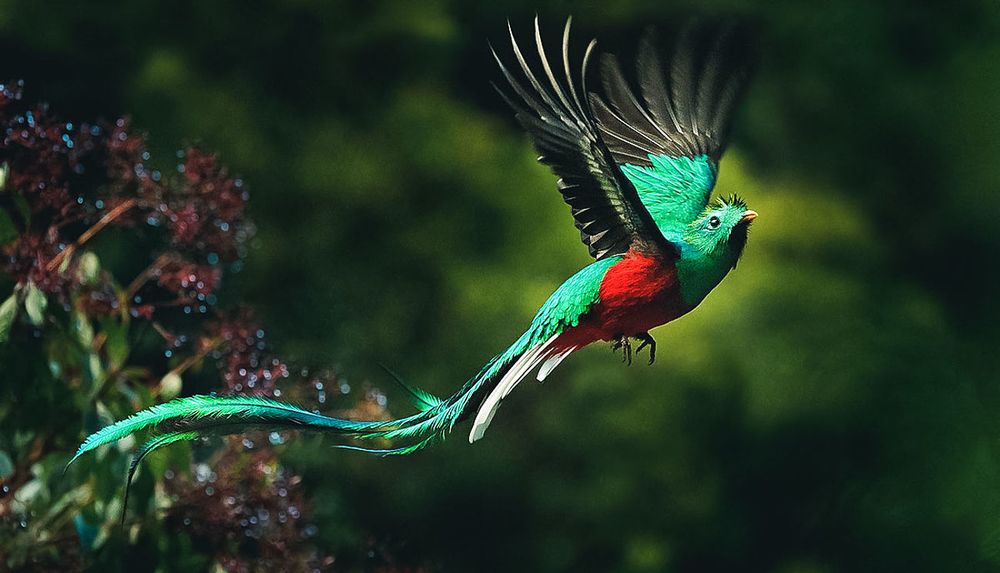Scattered throughout the mountainous interior of western and central Honduras, the cloud forests rise well above the drier forests of pine and oak and the populated valleys below. As their name implies, these forests are often covered in clouds, their high peaks enshrouded for days at a time. Wet, cool, primeval, they are forests of singular enchantment, a wonder known only to those willing to climb to their heights.
These high mountains literally scrape the clouds. As wind-born mist passes through the high forest it precipitates on the dense tangle of leaves and branches, and even if it is not raining above the canopy, a steady drip soaks the forest floor. Because of the constant cloud drip, known as “horizontal precipitation”, the cloud forest has been called the “weeping woods”. The water filters through the soil and flows clear from springs and creeks, over elegant falls and down into larger rivers that eventually provide clean water to the surrounding communities.
The abundance of moisture gives these high, misty forests a lavishness exceeding that of even the lowland tropical forests of La Mosquitia. Every branch and trunk is covered with a carpet of epiphytes – plants like mosses, bromeliads and orchids that, lacking roots in the ground, cling to the surfaces of other plants for support. These floating gardens of epiphytes give the cloud forest a feeling of lushness.
The cloud forest is a pristine place, dense and cool and still. At first it seems that there are few animals to break the silence, but the observant will be rewarded by glimpses of the furtive creatures that live there. The resplendent quetzal, legendary winged serpent of the Maya world, with its crimson breast and yard-long iridescent tail, flies through the light-dappled shade like a blue-green flame. He shares the forest with the toucan and the emerald toucanet, trogons and woodpeckers, the clamorous curassows and crested guans, and scores of other species. And there is the unseen jilguero, a shy little songbird with a high, clear, fluted voice that seems impossibly beautiful penetrating the quiet that embraces the forest floor. The jilguero’s pure melody and the quetzal’s perfect design do as much to define the serenity of the cloud forest as the mysterious silence of windblown mist through the mossy branches near the tops of the highest mountains.
There are many mammals native to the cloud forests, as well, although in some areas the pressures of human activity have pushed them out or made them extremely wary. It is often quite rare to find many of them, though their tracks are easily encountered. Many are nocturnal by nature, and others have learned to hide out during the day to avoid being hunted. Three species of monkeys – the Spider Monkey, the Capuchin (white-faced) Monkey, and Howler Monkey – range into the cloud forests. The hoarse roar of the latter can be heard at great distance at the beginning and end of the day. The coati, a long-snouted cousin of the raccoon, is an omnivore that can be found foraging on the ground or in the trees, alone or in large groups.




























